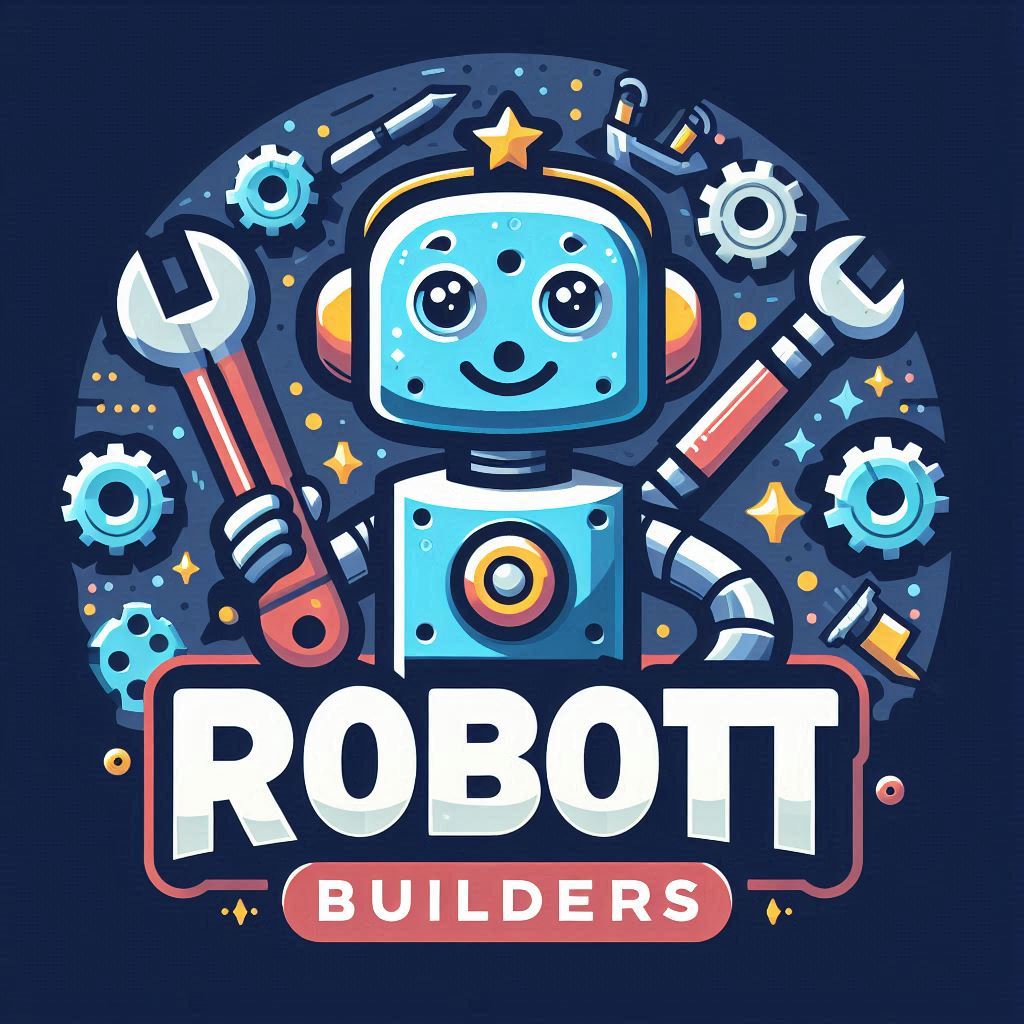Artificial Intelligence (AI) is transforming industries by automating tasks, improving efficiency, and enhancing decision-making. Whether you’re interested in building a chatbot, image recognition tool, or predictive analytics system, AI tool development is an exciting journey. This beginner’s tutorial will walk you through the essential steps to create an AI-powered application, following SEO-friendly best practices to ensure visibility and usability.

Step 1: Understanding the Basics of AI Tool Development
Before diving into development, it’s important to grasp how AI tools work:
- Machine Learning (ML): Algorithms that learn from data to make predictions or automate tasks.
- Natural Language Processing (NLP): AI techniques for understanding and processing human language (used in chatbots and voice assistants).
- Computer Vision: AI that enables computers to analyze and interpret images or videos.
- Predictive Analytics: AI-driven insights that forecast trends and behaviors based on historical data.
Each AI tool serves a unique function, so defining your project’s focus is key.
Step 2: Define the Objective of Your AI Tool
Before coding, identify your tool’s purpose:
- Who is your target audience? Businesses, developers, or consumers?
- What problem will it solve? Automating repetitive tasks, improving efficiency, or providing insights?
- How will it be used? Web-based, desktop, or mobile applications?
A well-defined goal ensures your AI tool delivers value and meets user needs.
Step 3: Select the Right Technology Stack
The success of an AI tool depends on the right choice of frameworks and programming languages.
Programming Languages
- Python (preferred for AI due to its powerful libraries).
- R (best for statistical analysis and data-driven AI).
- JavaScript (useful for AI integrations in web applications).
Machine Learning Frameworks
- TensorFlow (Google’s ML framework for AI applications).
- PyTorch (preferred for flexibility in deep learning projects).
- Scikit-Learn (ideal for simple machine learning models).
Data Processing & Storage
- Pandas / NumPy (for handling datasets).
- SQL / NoSQL Databases (for structured or unstructured data storage).
- Cloud Platforms (AWS, Google Cloud, Azure) (for scaling AI applications).
Tip: Choose technologies based on the complexity of your project and desired functionality.
Step 4: Gather & Preprocess Data
AI tools rely on quality datasets to learn and generate insights. Follow these steps:
- Collect Data: Use open-source datasets (e.g., Kaggle, UCI Machine Learning Repository) or proprietary company data.
- Clean & Normalize: Remove duplicates, format inconsistencies, and standardize values.
- Feature Selection: Identify key attributes that influence AI decision-making.
- Data Augmentation: Improve AI model accuracy by expanding dataset variations.
Quality data preprocessing enhances AI performance and reduces errors.
Step 5: Train Your AI Model
The core functionality of AI lies in training models to learn from data.
Training Process
- Split Data: Divide the dataset into training, validation, and testing sets.
- Train the Model: Use ML algorithms like Decision Trees, Neural Networks, or Gradient Boosting.
- Optimize Parameters: Adjust learning rates, batch sizes, and activation functions to improve accuracy.
- Evaluate Performance: Use metrics like Precision, Recall, F1 Score, and Mean Squared Error to assess results.
Fine-tuning ensures consistent and accurate AI predictions.
Step 6: Develop a User-Friendly Interface
Even the most advanced AI tool needs an intuitive design.
UI/UX Best Practices
- Simple Navigation: Ensure users can interact with AI outputs easily.
- Customizable Settings: Allow users to modify parameters for personalized results.
- Real-Time Feedback: Display AI-generated results dynamically.
- Cross-Platform Compatibility: Make it accessible via web, mobile, or desktop applications.
Tip: A clean and responsive UI enhances user experience and engagement.
Step 7: Deploy & Maintain Your AI Tool
Once your AI model is optimized, it’s time for deployment.
Deployment Strategies
- Cloud Hosting: Use AWS Lambda, Google AI Platform, or Azure ML for scalability.
- API Integration: Allow businesses to incorporate AI features via RESTful APIs.
- Monitoring & Updates: Regularly refine AI models based on user interactions.
AI tools should adapt to evolving data trends and maintain accuracy.
SEO Optimization for AI Tools
If you’re launching a public AI tool, follow SEO strategies to ensure visibility.
SEO Best Practices
- Keyword Optimization: Use phrases like “AI tool development,” “machine learning applications,” and “best AI frameworks.”
- Content Creation: Publish blogs, tutorials, and case studies showcasing AI capabilities.
- Technical SEO: Optimize website speed, accessibility, and mobile responsiveness.
- Build High-Quality Backlinks: Collaborate with tech blogs or AI communities for credibility.
- Utilize Structured Data: Implement schema markup for better indexing on search engines.
A well-optimized AI tool attracts organic traffic and engagement.
Final Thoughts
Developing an AI-powered tool requires thoughtful planning, the right technology, and quality data. By following structured steps—defining objectives, selecting a robust tech stack, training models, and implementing SEO—you can create an efficient and scalable AI application. Whether you’re a developer, business owner, or AI enthusiast, now is the perfect time to explore AI-driven innovation!
